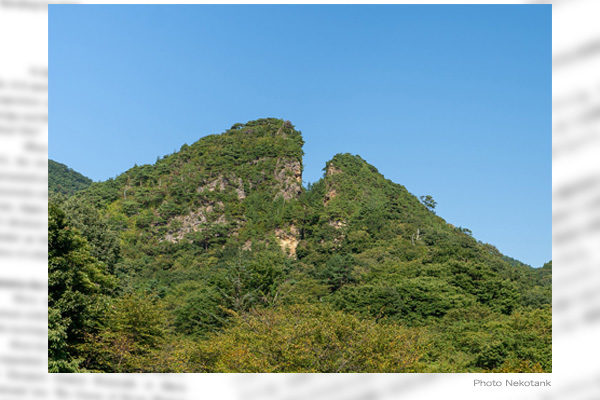The Sado Island Gold Mines have been inscribed as a World Heritage by the United Nations Educational, Scientific, and Cultural Organization (UNESCO). South Korea has agreed to the inscription.
Until just before the inscription decision, Japan and South Korea had been negotiating behind the scenes. The Japanese government has stuck with the position that there was no “forced labor” that violated international law of the time at the Sado Island Gold Mines, while South Korea has requested to showcase the gold mines as a wartime forced labor site for Korean workers. Eventually, both sides agreed (1) that the local Aikawa History Museum would exhibit three explanatory panels and primary historical documents immediately after the inscription decision on “the lives of miners including those from the Korean Peninsula,” (2) that the Japanese private sector would organize an annual memorial event for all workers in the presence of national, prefectural, and municipal government officials, and (3) that a Japanese government statement on the occasion of the inscription would make a reference to “sincerely remembering Korean workers.”
Some panels need further explanation
The three explanatory panels provide descriptions based on primary historical documents with photos attached. Three English-language panels of the same contents are also exhibited along with other 22 historical-document panels that show photos of pages from two documents produced by the Sado Mining Works, a local mining company of the time. None of the panels contain the word “forced labor.”
I have advocated the view that there was no forced labor of Koreans at the Sado Island Gold Mines. From my viewpoint, these panels, though some potentially misleading expressions are included due to diplomatic reasons, manage to prevent facts from being distorted.
One of the explanatory panels says, “there are data indicating that a higher percentage of workers from the Korean Peninsula engaged in dangerous tasks inside the mine shafts such as rock drilling, shoring, and hauling,” showing a table of data as of the end of May 1943. The situation of the time is that as military conscription caused young labor shortages in mainland Japan, workers were mobilized from the Korean Peninsula that was not subjected to the conscription until April 1944. If any panel provides this background explanation, the misconception that Koreans were discriminated against might have been dispelled.
There also is a description that says, “One record states that the average number of working days in a month was 28 days for those from the Korean Peninsula.” This figure is cited from the section titled “Average Monthly Actual Income (for July)” on page 72 of the “Survey Report on Peninsular Workers” produced by the Sado Mining Works. A background explanation that a wage was to rise in proportion to an increase in the number of days worked under a piecework wage system might have deepened understanding.
A more accurate understanding of the situation would have been gained if the description in the section titled “How Wages are Determined” just before the above-mentioned section was also provided, which stated that “Wages [for Korean workers] shall be paid, similar to wages for Japanese mainland workers, by taking into account the age and experience, in accordance with the type and difficulty of the job, in accordance with preset contract unit wages, and depending on performances.”
Public-private cooperation necessary to publicize historical facts
The full text of the “Survey Report on Peninsular Workers,” including the above descriptions, is exhibited by the photographic panels. The persistent exhibition approach is that primary historical documents are displayed in a manner to leave their readers to decide how to interpret these documents. In this sense, we were not pushed into making concessions. In the days ahead, Japan’s public and private sectors should work together to publicize the historical fact that there was no coercive recruitment or forced labor in Japan’s wartime mobilization of Koreans including those for the Sado Island Gold Mines.
Tsutomu Nishioka is a senior fellow and a Planning Committee member at the Japan Institute for National Fundamentals and a specially appointed professor at Reitaku University. He covers South and North Koreas.


